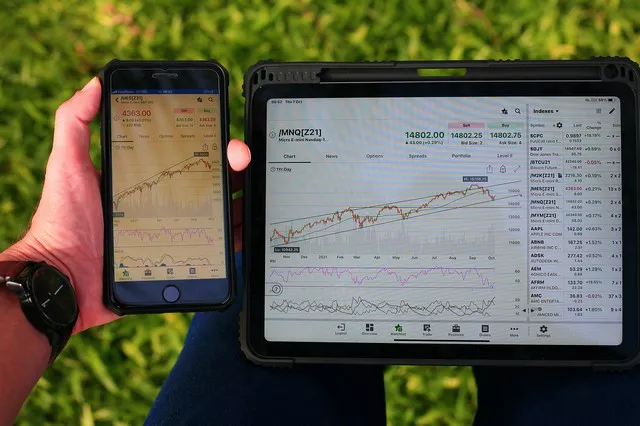Forwards and futures are both financial derivatives used for hedging and speculation, yet they possess distinct characteristics that set them apart. While both contracts involve the agreement to buy or sell an asset at a future date, there are key differences in terms of contract customization, trading process, and market standardization. In this article, we will delve into the dissimilarities between forwards and futures, providing a detailed comparison of these two derivative instruments.
Contract Structure
Forwards:
Customizable Contracts: Forwards are customizable agreements between two parties, allowing for flexible terms such as the asset type, quantity, price, and delivery date.
Over-the-Counter (OTC) Trading: Forwards are typically traded over-the-counter, meaning they are privately negotiated between the buyer and seller without the involvement of an exchange.
Futures:
Standardized Contracts: Futures contracts are standardized agreements, with predetermined contract specifications, including the asset type, quantity, delivery month, and settlement terms.
Exchange-Traded: Futures contracts are traded on regulated exchanges, providing a centralized marketplace for participants to buy and sell contracts.
Contract Settlement
Forwards:
Physical Settlement: Forwards often result in physical delivery of the underlying asset at the agreed-upon delivery date.
Customized Terms: The parties involved negotiate the specific terms of settlement, including the location and method of delivery.
Futures:
Cash Settlement: Most futures contracts are cash-settled, meaning that the final settlement is made in cash instead of physical delivery of the underlying asset.
Standardized Settlement Process: The settlement price is determined based on the prevailing market price of the underlying asset at the expiration of the contract.
Trading Flexibility
Forwards:
Flexibility in Contract Terms: Forwards allow the parties to tailor the terms of the contract to their specific needs and preferences.
Lack of Standardization: Since forwards are customizable, each contract can vary, making it challenging to transfer or offset positions.
Futures:
Standardized Contracts: Futures contracts have uniform specifications, ensuring liquidity and facilitating easy transferability of positions.
Offset and Rollover: Futures contracts can be offset or rolled over by entering into an opposite position or extending the contract’s expiration date.
Counterparty Risk and Regulation
Forwards:
Counterparty Risk: Forwards involve credit risk, as the buyer relies on the seller’s ability to deliver the asset and the seller relies on the buyer’s ability to pay.
Less Regulatory Oversight: Forwards are subject to fewer regulatory requirements compared to futures contracts.
Futures:
Mitigated Counterparty Risk: Futures contracts utilize a clearinghouse as a central counterparty, reducing counterparty risk by guaranteeing the performance of the contracts.
Regulatory Oversight: Futures trading is subject to strict regulatory supervision, ensuring fair trading practices and market integrity.
Accessibility and Liquidity
Forwards:
Limited Accessibility: Forwards are often traded in the OTC market, making them less accessible to individual investors and smaller market participants.
Lower Liquidity: Forwards may suffer from lower liquidity due to the absence of a centralized exchange and the customized nature of the contracts.
Futures:
Broad Accessibility: Futures contracts can be traded by a wide range of market participants, including individual traders, institutional investors, and speculators.
Enhanced Liquidity: Futures markets benefit from increased liquidity due to standardized contracts, exchange trading, and the participation of market makers.
Conclusion
Forwards and futures are derivatives that share similarities in their objective of facilitating the buying and selling of assets at a future date. However, the differences in contract customization, settlement methods, trading flexibility, counterparty risk, regulation, and accessibility make them distinct instruments. Understanding these disparities is crucial for market participants, as it allows them to choose the most suitable instrument based on their specific needs and objectives. Whether it’s the flexibility of forwards or the standardized nature of futures, both derivatives serve valuable roles in risk management and speculation within the financial markets.


